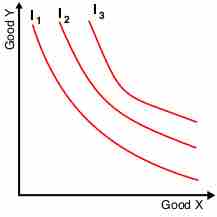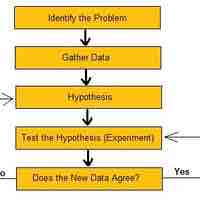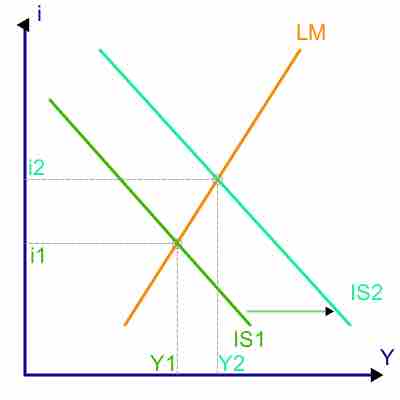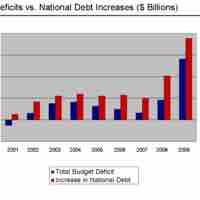Section 5
Economic Models
Book
Version 3
By Boundless
By Boundless
Boundless Economics
Economics
by Boundless
5 concepts
Math Review
Mathematical economics uses mathematical methods, such as algebra and calculus, to represent theories and analyze problems in economics.

Assumptions
Economists use assumptions in order to simplify economics processes so that they are easier to understand.

Hypotheses and Tests
Economics, as a science, follows the scientific method in order to study data, observe patterns, and predict results of stimuli.

Economic Models
A model is simply a framework that is designed to show complex economic processes.

Normative and Positive Economics
Positive economics is defined as the "what is" of economics, while normative economics focuses on the "what ought to be".